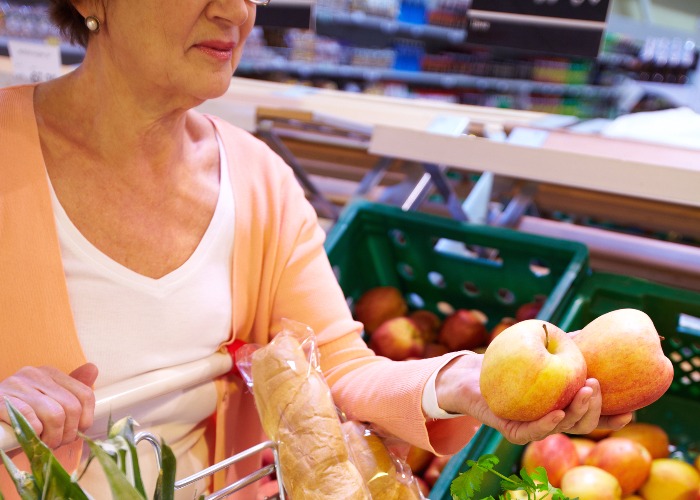Supermarket loyalty pricing to be investigated by watchdog over competition concerns

The CMA has already found that the price of various branded items has risen faster than costs have increased.
The Competition and Markets Authority (CMA) has confirmed it is to investigate the use of loyalty pricing by the nation’s big supermarkets, and whether it is delivering for shoppers across the UK.
The CMA is already reviewing competition generally across the supermarkets.
This week, it published an update on what it has found so far, including the fact that suppliers of branded products have tended to hike their prices by more than their costs have increased, only adding to the issue of food price inflation.
But it also revealed that it has decided to launch a specific review into how supermarkets are using loyalty pricing at the start of next year.
Sarah Cardell, chief executive of the CMA, explained: “We have also seen an increase in the use of loyalty scheme pricing by supermarkets, which means that price promotions are only available to people who sign up for loyalty cards.
“This raises a number of questions about the impact of loyalty scheme pricing on consumers and competition and the CMA will launch a review in January 2024.”
The rise of ‘loyalty’ prices
Discount deals for members of loyalty schemes have been a common theme when it comes to food pricing this year.
A host of supermarkets have launched their own programmes, where they effectively have two different prices for certain items: a regular price for normal shoppers, and a cheaper price for loyalty scheme members.
The idea is that you get a reward from signing up to the schemes, access to cheaper shopping baskets than would ordinarily be the case.
So far variations on the theme have been launched by the likes of Tesco, Sainsbury’s, Morrisons and the Co-op.
The problems with loyalty prices
There has been no shortage of complaints and criticisms around the schemes however, particularly from the likes of Which?, the consumer champions.
For example, there have been suggestions that these discounted deals are not as good as they appear, with supermarkets accused of ratcheting up the prices of what ‘regular’ shoppers pay.
As a result, while the loyalty membership means you’ll save on that regular price, you’ll still end up paying something similar to the normal price before the scheme was launched.
There has also been staunch criticism of the way that the schemes have been promoted, where unit prices are not made sufficiently clear. This can mean that shoppers are not helped when trying to make a more informed decision about which product is actually the best value.
And then there’s just the question of fairness.
It’s one thing for a loyalty scheme to offer you the chance to get something back when you shop with a particular retailer, reward scheme points or the like, but having a separate pricing scheme is another matter altogether.
Is it really fair to expect shoppers to sign up for every loyalty scheme under the sun, just for the potential to save a few quid when they go grocery shopping?
Ultimately if you are the sort of person who does shop around rather than use the same supermarket week after week, then you are going to need to sign up to a host of different schemes in order to keep your shopping bill to a minimum.
The difference that loyalty prices make
A great indication of the difference that these loyalty pricing schemes can make comes from the regular price comparison studies from The Grocer.
In its most recent study for example, where it compared the cost of a set basket of goods across a range of supermarkets,
Asda came out cheapest when using just regular prices at £62.10, around £6.87 cheaper than Sainsbury’s.
However, when Sainsbury’s Nectar Prices were used for the comparison, Sainsbury’s moved from third cheapest to cheapest entirely, with the scheme securing discounts of a whopping £8.12.
Previous studies have come to similar conclusions, with Tesco at times moving from the middle of the pack to the cheapest of all.
Pain at the till
The subject of food pricing has become ever more crucial over the last 12 months.
Food price inflation has been at its highest level since the 1970s at points, pushing our household budgets to breaking point.
And while inflation has dropped since then, that still means that food costs are going up, just at a slower rate than was previously the case.
The latest figures from the Office for National Statistics make this extremely clear, pointing out that despite the recent drops in food price inflation typical food costs are now a shocking 30% higher than just two years ago.
Given this, it’s never been more vital to find the best possible deal on our food shopping.
And while making use of loyalty schemes has always been a good way to make your money stretch a bit further, the emphasis has changed somewhat to the point that it is damn near essential. It’s down to the CMA to determine whether that’s really how things need to be.
Comments
Be the first to comment
Do you want to comment on this article? You need to be signed in for this feature
